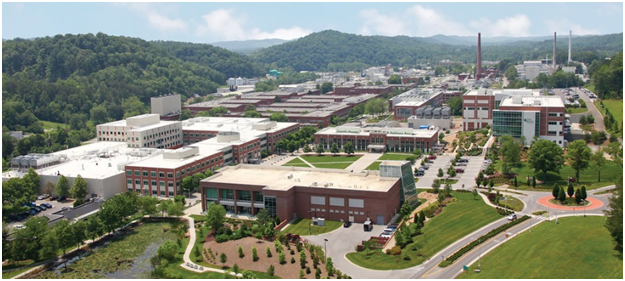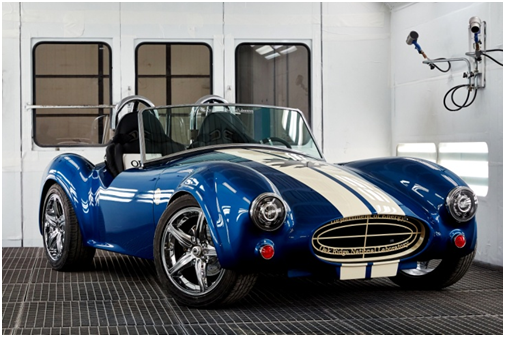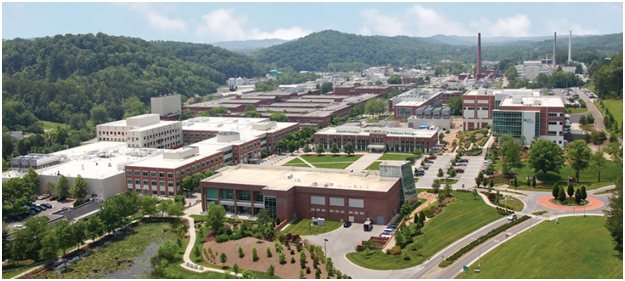
Charles Goulding and Adam Friedman look advanced technology expertise from one of the US’ most interesting and innovative labs.
The Oak Ridge National Laboratory (ORNL) is an advanced institute of scientific laboratories that was created by the Army Corps of Engineers in 1942. ORNL is referred to as The Secret Lab because during World War II, ORNL performed top-secret work on the Atom Bomb and the Manhattan Project that ended military confrontation with Japan in 1945.
Despite its secrecy, the discoveries and projects of ORNL have been trailblazing and at the forefront of scientific advancement. For example, ORNL was responsible for plutonium isolation for nuclear energy to energy pods that can exponentially reproduce cattle cells. Since WWII and during peacetime, ORNL has been a leader in the technologies of the future.
Recently, ORNL has been a catalyst for American scientific breakthroughs in the 3D printing arena. ORNL has used its scientific expertise to print the components of a replica Shelby Cobra convertible car, 3D print modular home structures in Antarctica, and create a wood fiber 3D printing lab at the University of Maine, which produced a 5,000 pound 3D printed patrol ship.

ORNL 3D printed the body of this replica, 50th anniversary Shelby Cobra using BAAM (Big Area Additive Manufacturing) technology [Source: Wikimedia]
Computer-aided design (CAD) software and programmed applications have allowed for ORNL to use academic concepts such as chaos theory, simulative thermodynamics, and linear algebra, applying ideas to 3D printed materials and manmade locomotives. Using educational and engineering concepts allows for ORNL to draw and design complex architectures that can be realized by 3D printers.
The scientific advancements ORNL has developed in the 3D printing realm can benefit academic entities and startup companies looking to make inroads into the 3D printing industry. Large-scale projects, like those of ORNL, require skilled research and experimentation in computing, mathematics, and chemical sciences. Research can come from many different frames of thought to produce and design three-dimensional constructions that have never been produced by traditional means.
The Research & Development Tax Credit
Enacted in 1981, the now permanent Federal Research and Development (R&D) Tax Credit allows a credit that typically ranges from 4%-7% of eligible spending for new and improved products and processes. Qualified research must meet the following four criteria:
- Must be technological in nature
- Must be a component of the taxpayer’s business
- Must represent R&D in the experimental sense and generally includes all such costs related to the development or improvement of a product or process
- Must eliminate uncertainty through a process of experimentation that considers one or more alternatives
Eligible costs include US employee wages, cost of supplies consumed in the R&D process, cost of pre-production testing, US contract research expenses, and certain costs associated with developing a patent.
On December 18, 2015, President Obama signed the PATH Act, making the R&D Tax Credit permanent. Beginning in 2016, the R&D credit has been used to offset Alternative Minimum Tax for companies with revenue below $50MM, and startup businesses can obtain up to $250,000 per year in cash rebates applied directly toward payroll taxes.
Conclusion
America’s secret laboratory, ORNL, is no longer a secret and is lending its expertise to a highly in-demand public industry in 3D printing. People from all types of disciplines and ideas can focus on advanced scientific research, from the likes of ORNL that is necessary for construction through 3D printing. Now is the time to utilize research capabilities to enter into the 3D printing industry.

